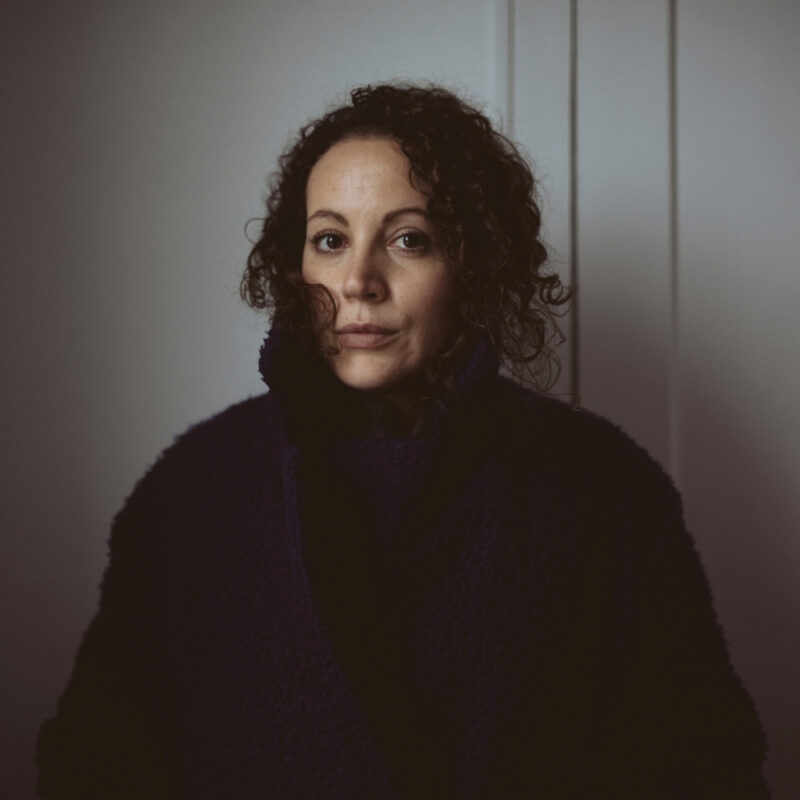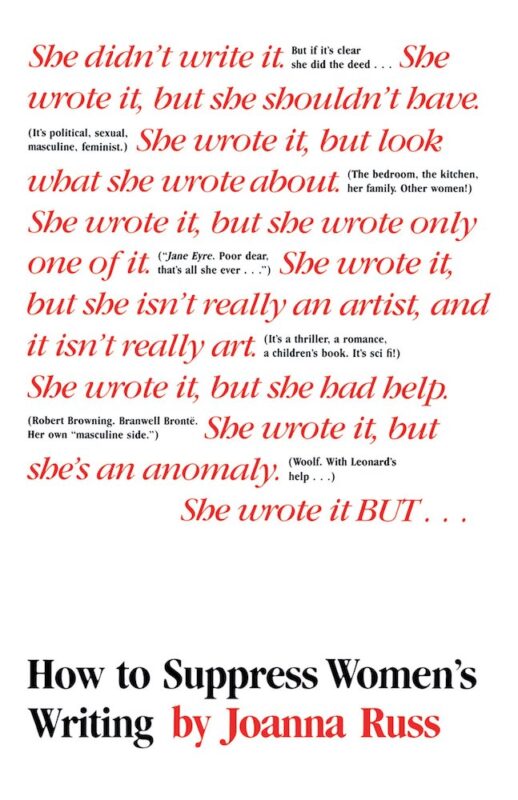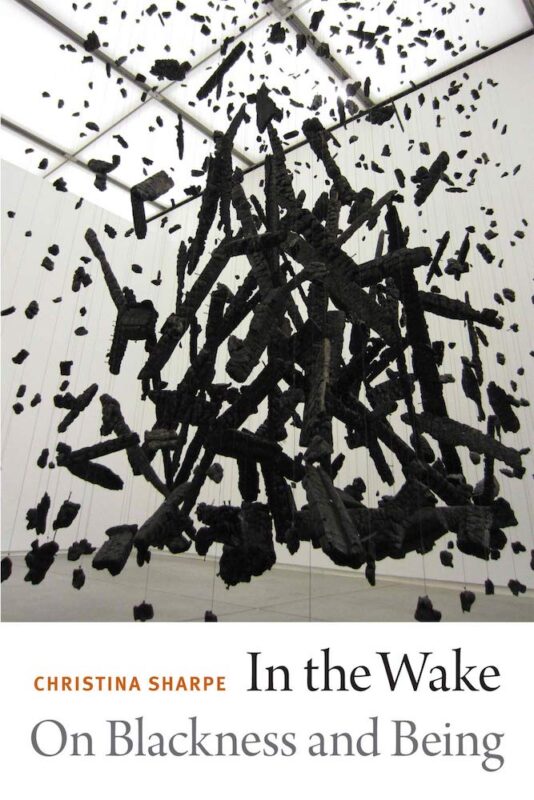Writer Conversations #4
Taous R. Dahmani
Taous R. Dahmani is a historian of photography, researcher and writer based between London and Marseille, France. She is currently writing a PhD on the relationship between political actions and photographic gestures. Dahmani is also editor and content advisor at The Eyes, a trustee of the Photo Oxford Festival and on the editorial board of MAI: Visual Culture and Feminism.
Recent writings include “Heeding time: reviewing and rereading Périphérique” in Mohamed Bourouissa, Périphérique (Loose Joints, 2021); “A meeting between the thought of Stuart Hall and the films of John Akomfrah” in Penser avec Stuart Hall (La Dispute, 2021); “Racism and anti-racist struggles in 1970s London: When the walls speak, placards respond!” in Le phototexte engagé – Une culture visuelle du militantisme au XXe siècle (Les Presses du réel, 2021); “From a space of resistance, to the institution’s place: the history of Autograph ABP, between 1988 and 2007” in Marges #33 (2021) and “Bharti Parmar’s True Stories: Against the grain of Sir Benjamin Stone’s Photographic Collection” in PhotoResearcher #30 (2018).
In 2022, Dahmani will contribute a chapter about Polareyes, a magazine by and for Black British women photographers, in Resist, Organize, Build (SUNY Press, 2022), and serve as the curator of the Louis Roederer Discovery Award at Les Rencontres d’Arles, France.
At what point did you start to write about photographs?
The very first time I wrote about a photograph was eight years ago in a university exam for my history of photography course. We had three hours to write a “dissertation” – a methodology-heavy French way of writing a “paper”. And it was actually the last time I wrote anything with a pen. I only vaguely remember that I wrote about a Bill Owens photograph and its relation to capitalism. But I vividly remember my eagerness and nascent aspiration.
Fast forward slightly less than a decade and I’m now writing up my PhD as the end product of my journey in French academia. Looking back, this education – its numerous rules and regulations – was a process of acculturation. One way of writing, to perpetuate one way of thinking. On scholarly work, Edward Saïd wrote that it is an ‘on-going activity within an already constituted field of discourse.’ It exists only to be perpetuated as it is.
In 2019, when Tim Clark, Editor in Chief of 1000 Words, invited me to write about a photobook, I welcomed the invitation as a breath of fresh air. I also welcomed the proposal as an opportunity to transcribe, for a wider readership – a conscious reasoning – the accumulation of knowledge and experience that has shaped me as a researcher. This experience started my interest in non-academic writing – its forms and meanings – and its potential for accessibility. As such, this experience was another “first time”.
Today, I feel like I’m playing a tug of war with myself: one team trying to follow presiding ways of writing a PhD thesis; the other exploring the freedom of essay writing. At the end of a long and laborious project such as a PhD thesis, I am embracing the feeling of re-starting, re-becoming an apprentice writer. Originating from the French verb “essayer” (to try), “the essay” is a great form for critical thinking, and I will attempt to weave my academic background into this new form in the future – asking myself, as Daniel C. Blight asked himself a few years ago: ‘What is the politics of essay writing on photography?’ Blending disciplinary disregard and acute consideration for this form.
What is your writing process?
[I’ll answer this question for essay writing only.]
On good days:
- I place my phone behind my computer screen – on airplane mode – and have a cuppa to hand.
- I put on my earphones with the curious “focus music” which populates YouTube and which helps me create a sort of “concentration bubble”.
- I read something: either from the digital pile of PDFs under my “research” folder or from an article I have received in one of the many newsletters that arrive every day in my inbox. Reading gets me focused but reading also produces two things: quotations and ideas.
- I jot down reflections about a selected quote. In her book In the Wake (2016), Christina Sharpe points out that: ‘thinking needs care.’ I consider quotations a profound demonstration of care for thinkers and their ideas: they are “thank-yous” to the people who produced knowledge before us. They are also invitations for curious readers: footnotes open never-ending “reading pathways”.
- The accumulation of quotes and notes – and sometimes interviews with photographers – form my “base”. When I’m not rushed by a deadline I let the reading, the note taking and the “base creation” percolate. The longer the better, the essay will “live” and “evolve” in my mind, creating new possible directions.
- When the deadline is approaching, I start a new Word document and write a first draft “from scratch”. The first sentence takes courage, the second trust. I can’t start writing an essay if I don’t have a clear orientation – often found during the “percolating period”. I tend to think that essays need to make a point, be a demonstration not a decoration. But, might not the best one be precisely both?
- I go back to my “base” to “feed” the first draft of the essay. I add precision. Because of which kind of photographs/photographers I am writing about, I am wary of ambiguity or obscurity. I make sure any complex ideas mentioned are mobilised in an intelligible way: I want to make sure they are accessible and in accordance with the assumed readership.
- I think and write in French and English. Early drafts of most of my texts are written in both languages which ultimately leads to me feeling sorry for myself when something “comes out” fine in one language but doesn’t translate well. Often, this kickstarts a process where I juggle between a French-English dictionary and a Thesaurus. Another challenge of writing in both these languages is having to navigate different levels of “discourse acceptance”: concepts and ideas are not similarly established in different countries; references and words might need to be explained differently (especially in the fields of critical race theory and postcolonial studies).
- I remove the earphones to read the paragraph written out loud, I correct and I rectify. I repeat the process as many times as there are paragraphs. This list was read at least five times.
On bad days:
I generally love listening to podcasts or watching interviews of people who talk in detail about their craft and practice. So, on bad days, I turn to writers who have written about writing. I often think of this Marguerite Duras quote: ‘One cannot write without bodily strength. One must be stronger than oneself to approach writing; one must be stronger than what one is writing.’
What are the questions or problems that motivate your writing?
The last five years of my life have been dedicated to my doctoral research. My thesis is articulated, in a nutshell, around the photographic representation of struggles and the struggle for photographic representation in England from the end of the 1960s to the end of the ’80s. Most of my essays, so far, have been more or less inspired by my ongoing obsession with image-making and political action whether expressed in iconographies or ecosystems (or ‘worlds’ to reference Howard S. Becker).
That said, most of my essays have been dedicated to very contemporary artists/photographers and, as such, most of them have tried to “respond” to image-makers that ‘create dangerously’ to quote Edwidge Danticat, who describes that process as such: ‘[It] is creating as a revolt against silence, creating when both the creation and the reception, the writing and the reading, are dangerous undertakings, disobedience to a directive.’ I’m motivated by disobedient artists-photographers. I’m driven by the problems defiant image-makers highlight. Their insubordination can be found in their craft or form, in their practice or discourse. They are oppositional in their way of behaving with, around or against photography. Their rebellion can be loud or whispered – I’ll listen.
What kind of reader are you?
As a doctoral researcher, reading is a great part of my day-to-day work. As such, libraries become toolboxes and books instruments towards the completion of a project. The Stakhanovic nature of a PhD means that I rarely re-read books – with the significant exception of bell hooks whom I could read every day. If I re-read an article, it is often in order to “double check” or “make sure”.
However, the first lockdown taught me the power of re-reading and reading several books at the same time: realising that, often, as with a person, you need the “right time” to truly discover a book’s content. To take an example, I had always “used” Roland Barthes’ theories (and taught Camera Lucida (1980) in exactly the same way it had been passed down by my professor), but, with my recent dive into essay writing, I started paying attention to the confidentiality, familiarity and sensitive nature of his work: making him a thousand times more interesting.
So, as I’m trying to become another kind of writer, I’m becoming another kind of reader: trying to find the route towards an embodied strategy of narration that exists at the meeting place of gut (biography) and brain (history/theory). A delicate balance between decency and intelligibility. I have to say that I have come a long way: French academic education forbids expressions of subjectivity or opinion – or more exactly, uses objectivity to hide the dominants’ point of views. The first time I wrote “I” to start a sentence I felt a blast of freedom on my keyboard. In How to Suppress Women’s Writing (1983), Johanna Russ wrote: ‘Although crammed with facts and references, [women’s writing] has the wrong style; it is personal and sounds unscholarly, a charge often levelled at modern feminist writing. That is, the tone is not impersonal, detached, and dry enough – in short, not patriarchal enough – to produce belief.” As you can imagine, reading beacons such as Saidiya V. Hartman, Sharpe and Tina M. Campt for the first time was extremely arresting.
How significant are theories and histories of photography now that curation is so prominent?
I struggle with this question. For me, one can only compare similar elements and the contrast between the experience of reading and the experience of visiting an exhibition is too dissimilar: providing disparate bodily and intellectual experiences. Being a reader and being a viewer/spectator are two distinct positions. However, I guess we could maybe examine the knowledge produced by catalogues vs. magazines, journals and other sorts of publications. Such an investigation might quickly lead us back to accessibility (price, printed/online, language, themes, etc.). The performative aspect of exhibitions – if the work of going through the doors of a gallery/museum is achieved – makes it probably more approachable. In the age of social media, we face very different ethics of attention and, as a result, disparate receptions/reactions/effects.
That said, if I really have to answer the question, I would say that the “prominent” status of exhibitions over theories/histories that you seem to detect is probably only the result of radical and forward-thinking theorists and historians. Good exhibitions are made by curators (and artists) who read. I have a hard time imagining the act of thinking – or giving shape to ideas – without writing, so I’m guessing curation is another form of writing. Curating can then become a translation and even a visual/embodied comment on theories/histories. Exhibitions can be powerful rhetorical demonstrations. Yet, the limitations of exhibition-making are much more real than the limits of words on paper (publication aside). For me, the main question is who writes and who curates and which platforms these people are given. How we know what we know and who is allowed to share what they know?
What qualities do you admire in other writers?
This is an extremely hard question. But to answer, I would say 1. their politics 2. their attention to detail 3. their humanity.
- Marguerite Duras wrote that writing is: ‘Screaming without sound’. When I read Hartman, Hannah Arendt, Ariella Aïcha Azoulay, Etel Adnan and Trinh T. Minh-ha, I hear their screams. If anger is pain with nowhere to go, writing then becomes a sort of socially accepted “place”. Political anger translated into words is definitely something I admire in these writers. I would also like to mention a young generation of badass writers such as Legacy Russell and her Glitch Feminism manifesto (2020) or Durga Chew-Bose’s singular writing in Too Much and Not the Mood (2017).
- A focus on a detail, such as a cup of coffee let’s say, can be a powerful rhetorical node, as revealed beautifully by Mahmoud Darwish in Memory for Forgetfulness (1982). I’m not a very patient person, and struggle with the exercise of description, so, recently, when I read A Black Gaze (2021) by Campt, I was quite mesmerised by the attention she seems to give to descriptions of the art works she mobilises (the same consideration/scrutiny can be found in Listening to Images (2017) for example). A detail can also be an anecdote that becomes a compelling argument. In the same book, Campt explains the effect of the weather on her experience of an exhibition: this opened many threads of thought.
- I’m a big reader of autobiographies and in-depth interviews because of the possibility of hearing the artists’ voices. But, the ability of writers such as Olivia Laing, for example, to emphasise her own and artists’ human experiences is definitely something I admire. I never thought I would care so much about someone like Andy Warhol until I read The Lonely City (2016). I also love artists such as Coco Fusco who write about other artists – they tend to reveal a very distinctive perspective on the artworks they write about. I like books that are accounts of being and guides for becoming. I also like writers, who are not “writers” as such: recently I read a text written by a photographer, for the first time, wrote about a decade of work. Vasantha Yogananthan’s essay, in his latest photobook Amma (2021), moved me greatly because of his bravery in writing about his journey as a photographer with the most generous vulnerability.
What texts have influenced you the most?
[Influence seems like a big word, but, off the top of my head, here is a non-exhaustive list of names, in no particular order, with endless recognition for carrying me through years of doctoral research.]
Edwidge Danticat Jacques Rancière Gayatri Spivak Marie-José Mondzain Allan Sekula Frantz Fanon W.J.T Mitchell Fred Moten James Baldwin Shawn Michelle Smith John Berger Paul Ricoeur Susan Sontag Sara Ahmed Stuart Hall Judith Burtler Simon de Beauvoir Eric Hazan Julia Kristeva Angela Y. Davis Adrienne Rich Nicholas Mirzoeff Edouard Glissant Christina Sharpe Elsa Tamara Trodd Dorlin Jo Spence Sarah Lewis Victor Burgin Kobena Mercer Laura Mulvey Chris Kraus Steve Edwards Lucy R. Lippard Val Williams Elvan Zabunyan Mieke Bal Jacqueline Bobo Hazel V. Carby Eddie Chambers Patricia Hill Collins Sandra Harding Elizabeth Edwards Anna Backman Rogers Siona Wilson Harriet Riches Paul Gilroy bell hooks Heidi Safia Mirza Griselda Pollock Rozsika Parker Liz Wells Deborah Willis Pratibha Parmar David A. Bailey Roshini Kempadoo Sarat Maharaj Gilane Tawados Ambalavaner Sivanandan Maurice Berger John Tagg Albert Memmi Saul Alinsky Antonio Gramsci Audre Lorde C.L.R. James Edward Saïd Homi K. Bhabha Fatima Mernissi Walter Rodney Achille Mbembe Frieda Ekotto Derek Walcott Patrick Chamoiseau Mahmoud Darwish Paul B. Preciado Tina M. Campt Saidiya Hartman Hannah Arendt Ariella Aïcha Azoulay Etel Adnan Aruna D’Souza Teju Cole Trinh T. Minh-ha and many others that I’ll regret not naming once this interview is published.
What is the place of criticality in photography writing now?
I am tempted to give a somewhat literal answer to this question: addressing geography and platforms. The hegemony of the English language and concomitantly the predominance of the global North in knowledge dissemination (not production) questions “the place of criticality in photography writing now”. Published and widely circulated criticality in photography is not diverse or inclusive enough. However, the recent publication of Dark Mirrors (2021) by Stanley Wolukau-Wanambwa is an inspiring step for critical writing.
Then comes the question of where does one find critical thinking (as opposed to journalism) in photography today? A few online platforms (in English) exist, a couple of publishers defend it – that’s it (in France, outside academia, it’s almost non-existent for example). Critical consciousness certainly exists, the lack of platforms to express it is, for me, an important aspect today. Without sounding boards, it is difficult to develop true debate and exchange or create space for a diversity of equal voices to express themselves.
Lastly, I feel like the place of criticality in photography writing now is in complexifying “recently acknowledged” notions/ideas/struggles. Lately, oppositions around photographer Deana Lawson’s iconography are for me fascinating “places” of criticality, for example. Debate is probably one of the greatest signs of the recognition of a multi-layered artist and a complex body of work.♦
Further interviews in the Writer Conversations series can be read here.
Click here to order your copy of the book
—
Writer Conversations is edited by Lucy Soutter (University of Westminster) and Duncan Wooldridge (Camberwell College of Arts, University of the Arts London), upon the invitation of Tim Clark (1000 Words and The Institute of Photography, Falmouth University).
Images:
1-Taous R. Dahmani © Lynn S.K
2-Book cover of Joanna Russ, How To Suppress Women’s Writing (University of Texas Press, 1983)
3-Book cover of Christina Sharpe, In the Wake – On Blackness and Being (Duke University Press, 2016)



